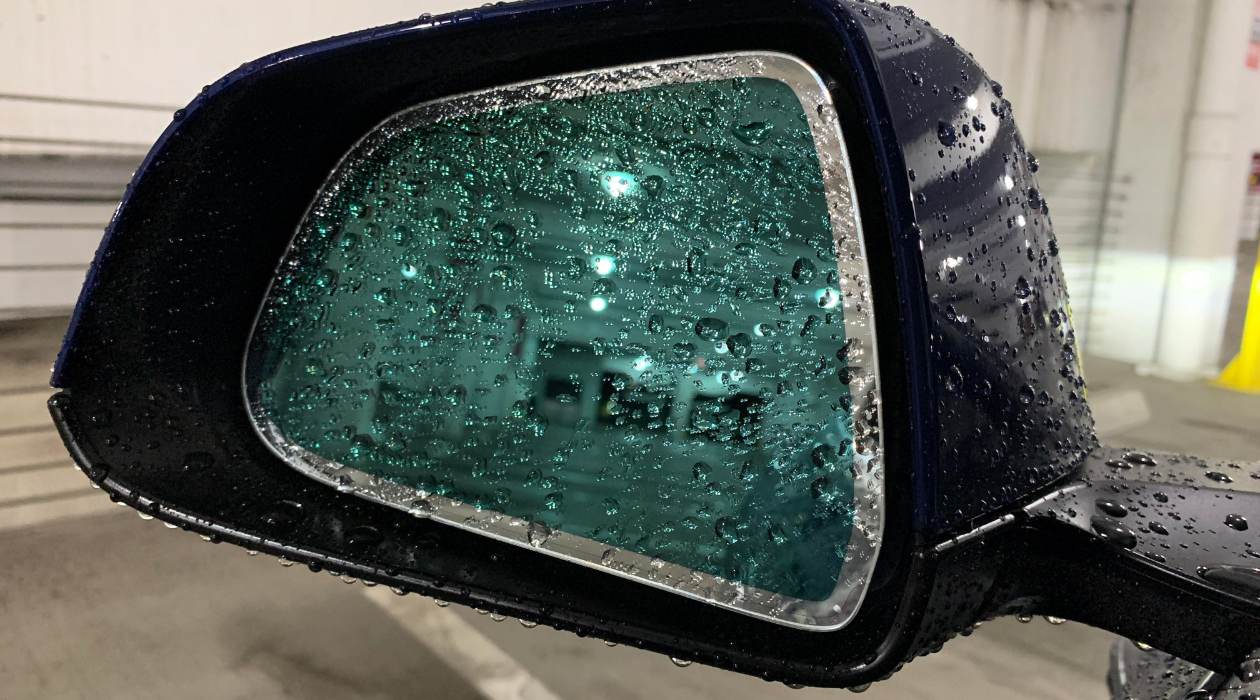

Articles
How To Remove Water Spots From Car Mirrors
Modified: April 23, 2024
Looking for articles on how to remove water spots from car mirrors? Discover effective techniques and expert tips to keep your mirrors spotless and clear.
(Many of the links in this article redirect to a specific reviewed product. Your purchase of these products through affiliate links helps to generate commission for Storables.com, at no extra cost. Learn more)
Introduction
Welcome to our comprehensive guide on how to remove water spots from car mirrors. As a car owner, you know that maintaining the appearance of your vehicle is essential to its overall appeal. Unfortunately, water spots can appear on car mirrors, diminishing their clarity and making it difficult to have a clear view while driving. In this article, we will explore the causes of water spots on car mirrors and provide you with a step-by-step guide on how to remove them effectively.
Water spots are a common issue that many car owners face. They occur when water droplets evaporate, leaving behind mineral deposits that can cling to the surface of the mirrors. These unsightly spots not only obstruct your view but can also damage the mirror’s coating if left untreated.
Understanding the causes of water spots is crucial in preventing their recurrence. Typically, these spots are caused by impurities in the water, such as minerals and chemicals. When water evaporates, these impurities are left behind, forming residue on the mirror’s surface. Factors like hard water, frequent car washes, and environmental conditions can contribute to the formation of water spots.
Before you embark on the process of removing water spots from your car mirrors, it’s important to gather the necessary tools and materials. This will ensure a smooth and successful removal process. The items you’ll need include:
- Mild detergent or dedicated glass cleaner
- Microfiber towels or lint-free cloth
- Vinegar or rubbing alcohol (optional)
- Water spot remover or polish (optional)
Having these tools at your disposal will make the task of removing water spots much easier and more efficient.
In the next section, we will provide you with a step-by-step guide on how to remove water spots from car mirrors. So let’s get started!
Key Takeaways:
- Say goodbye to water spots on your car mirrors by understanding their causes and following a simple step-by-step guide using common household items.
- Prevent future water spots on your car mirrors with gentle cleaning, proper drying techniques, and the application of protective coatings for clear, spot-free mirrors.
Read more: How To Remove Water Spots From Car Windows
Understanding water spots on car mirrors
Water spots on car mirrors are those annoying marks that appear on the surface of the mirror and obstruct the driver’s view. These spots are the result of mineral deposits left behind after water evaporates. Understanding the nature of water spots can help you effectively remove them and prevent their recurrence.
When water droplets, whether from rain, sprinklers, or car washes, come into contact with your car’s mirrors and then evaporate, they leave behind various minerals and impurities. These can include calcium, magnesium, salt, and other chemicals present in the water. As the water evaporates, the minerals and impurities become more concentrated, leading to the formation of visible spots on the mirror.
The appearance of water spots can vary. They may appear as hazy marks, streaks, or even crusty residue on the surface of the mirror. The spots can be particularly troublesome when driving at night, as they can create glare and reduce visibility.
It’s essential to address water spots promptly to avoid any long-term damage to your car mirror’s surface. If left untreated, the minerals and impurities can etch into the mirror coating, making the spots harder to remove and potentially causing permanent damage.
Water spots are more likely to occur in areas with hard water. Hard water contains higher concentrations of minerals, which leave behind more significant deposits after evaporation. Environmental factors such as high humidity and direct sunlight can also contribute to the formation of water spots.
To tackle water spots effectively, it’s important to understand the underlying causes. By identifying the root cause of the problem, you can take appropriate measures to prevent future water spot formation and keep your car mirrors looking clean and clear.
In the next section, we will discuss the common causes of water spots on car mirrors, giving you additional insights into the factors that lead to their formation. This knowledge will allow you to implement preventative measures and maintain spot-free mirrors on your vehicle.
Common causes of water spots on car mirrors
Water spots on car mirrors can be frustrating, but understanding the common causes behind their formation can help you prevent and effectively address them. Let’s explore some of the primary causes of water spots:
1. Hard water: Hard water contains high levels of minerals like calcium and magnesium. When hard water droplets evaporate on your car mirrors, these minerals are left behind, resulting in unsightly water spots. Areas with high concentrations of minerals in their water supply are more prone to experiencing water spots.
2. Car wash residue: If you frequently take your car through automatic or self-serve car washes, chances are there might be residue left on your car mirrors after the drying process. Car wash soaps and detergents can leave behind a film or residue, which, when combined with water droplets and subsequent evaporation, can lead to water spots.
3. Environmental factors: Environmental elements such as rain, sprinkler systems, and even air pollution can contribute to the formation of water spots. Rainwater, for example, often contains impurities and minerals that can leave behind spots when it evaporates. Similarly, pollutants in the air can mix with water droplets, leaving residue on your car mirrors.
4. Improper drying techniques: After washing your car or driving through rain, it’s important to dry your car mirrors thoroughly. If you let water air-dry on the mirror’s surface, it increases the chances of water spots forming. Improper drying techniques, such as using a rough cloth or paper towel, can also leave behind lint or fibers that can contribute to water spots.
5. Direct sunlight and heat: If you park your car in direct sunlight or in hot conditions, the heat and sunlight can accelerate the evaporation process, leaving behind concentrated mineral deposits on the mirror’s surface. The combination of heat and minerals can make the water spots more stubborn and challenging to remove.
Now that you have a better understanding of the common causes of water spots on car mirrors, you can take proactive steps to prevent their occurrence. In the following sections, we will explain how you can effectively remove water spots from your car mirrors and provide alternative methods for stubborn spots.
Preparing your tools and materials
Before you start the process of removing water spots from your car mirrors, it’s essential to gather the necessary tools and materials. Having the right equipment will ensure a smooth and successful removal process. Here are the tools and materials you’ll need:
1. Mild detergent or dedicated glass cleaner: You’ll need a mild detergent or a glass cleaner specifically designed for automotive use. Avoid using harsh chemicals or abrasive cleaners as they can damage the mirror’s surface. Choose a cleaner that is safe for use on glass and won’t leave behind any residue.
2. Microfiber towels or lint-free cloth: Microfiber towels are highly recommended for cleaning car mirrors. They are soft, absorbent, and won’t scratch the mirror’s surface. Alternatively, you can use a lint-free cloth or a soft, clean cotton cloth. Avoid using paper towels or rough materials that can leave lint or scratch the mirrors.
3. Vinegar or rubbing alcohol (optional): If you’re dealing with stubborn water spots, vinegar or rubbing alcohol can be useful. Mix a small amount of vinegar or rubbing alcohol with water in a spray bottle and use it as a spot treatment for tougher spots. However, test these substances on a small, inconspicuous area of the mirror before applying them to the entire surface to ensure they don’t cause any damage or streaks.
4. Water spot remover or polish (optional): For particularly stubborn water spots, you may need to use a water spot remover or a dedicated glass polish. These products are specifically designed to dissolve and remove mineral deposits from glass surfaces. Follow the manufacturer’s instructions when using these products and apply them sparingly.
By ensuring you have these tools and materials on hand, you’ll be well-prepared to tackle the task of removing water spots from your car mirrors effectively. Once you’ve gathered everything you need, you can proceed to the step-by-step guide in the next section to transform your car mirrors back to their original clarity.
Mix equal parts of white vinegar and water in a spray bottle. Spray the solution onto the car mirrors and let it sit for a few minutes. Wipe the mirrors clean with a microfiber cloth to remove the water spots.
Step-by-step guide to removing water spots from car mirrors
Removing water spots from your car mirrors can be a straightforward process if you follow the right steps. Here’s a step-by-step guide to help you effectively remove water spots:
Step 1: Start by cleaning the mirror surface. Mix a small amount of mild detergent or dedicated glass cleaner with water in a bucket. Dip a microfiber towel or lint-free cloth into the soapy water and gently wipe the mirror’s surface. Make sure to clean the entire mirror, including the edges and corners. Rinse the cloth frequently to remove any dirt or residue.
Step 2: For tougher water spots, you can create a vinegar or rubbing alcohol solution. Mix equal parts vinegar or rubbing alcohol and water in a spray bottle. Spray the solution directly onto the water spots and let it sit for a few minutes. Then, use a clean microfiber towel or cloth to gently scrub the spots in circular motions. Rinse the mirror with clean water and wipe it dry with a separate microfiber towel.
Step 3: If there are still stubborn water spots remaining, you can try using a specialized water spot remover or glass polish. Apply a small amount of the product onto a clean cloth and gently rub it onto the spots. Follow the manufacturer’s instructions for the specific product you’re using. Be careful not to use too much pressure or scrub vigorously, as this can damage the mirror’s surface.
Step 4: After using the water spot remover or glass polish, rinse the mirror thoroughly with clean water to remove any residue. Finish by drying the mirror’s surface with a clean microfiber towel, ensuring it is completely dry and free of streaks or water spots.
Step 5: Once the water spots have been removed, it’s important to apply a protective coating to prevent future water spot formation. You can use a dedicated glass sealant or even a coat of car wax. Apply the product following the manufacturer’s instructions, making sure to cover the entire mirror surface. This protective layer will help repel water and minimize the chances of future spots forming.
By following these simple steps, you can effectively remove water spots from your car mirrors and restore their clarity. Remember to always use gentle techniques and avoid using abrasive materials that could damage the mirrors. With a bit of patience and the right tools, your car mirrors will be spot-free and provide you with a clear view while driving.
Read more: How To Remove Blind Spot Mirrors
Alternative methods for removing water spots
In addition to the traditional methods mentioned earlier, there are alternative techniques you can explore to remove water spots from your car mirrors. These methods can be effective for stubborn spots or if you prefer to try different approaches. Let’s take a look at some alternative methods:
1. Baking soda paste: Create a paste by mixing baking soda with water until you achieve a thick consistency. Apply the paste to the water spots and let it sit for a few minutes. Then, gently scrub the spots using a soft cloth or sponge. Rinse off the baking soda residue with clean water and dry the mirror’s surface with a microfiber towel.
2. Lemon juice: Lemon juice is known for its acidic properties, which can help remove mineral deposits from surfaces. Squeeze fresh lemon juice onto a cloth and rub it onto the water spots. Let the lemon juice sit for a few minutes, then rinse the mirror with clean water and dry it thoroughly.
3. White vinegar soak: Fill a bucket or basin with a mixture of equal parts white vinegar and water. Submerge the affected car mirror into the solution and let it soak for about 10-15 minutes. Remove the mirror from the solution and rinse it with clean water. Dry the mirror with a microfiber towel, ensuring no water spots remain.
4. Steel wool or fine-grade sandpaper: Use caution when considering this method, as it can potentially scratch the mirror’s surface. If the water spots are particularly stubborn and resistant to other methods, you can try using a fine-grade steel wool or sandpaper. Gently rub the affected areas in a circular motion, being careful not to apply excessive pressure. Finish by cleaning the mirror with a mild detergent or glass cleaner and rinsing it thoroughly.
Remember to test any alternative method on a small, inconspicuous area of the mirror before applying it to the entire surface. This will help prevent any potential damage or adverse reactions to the mirror’s material or coating.
Once you have successfully removed the water spots using any of these alternative methods, make sure to rinse the mirror thoroughly with clean water and dry it completely. Applying a protective coating, such as a glass sealant or car wax, can help prevent future water spot formation.
Experimenting with these alternative methods can be beneficial if traditional methods don’t yield satisfactory results. Choose the method that suits your preferences and be mindful of the mirror’s condition and material to ensure that you don’t cause any damage during the process.
Preventing water spots on car mirrors
Prevention is key when it comes to avoiding water spots on your car mirrors. By implementing some preventive measures, you can significantly reduce the chances of water spots forming and maintain clear, spot-free mirrors. Here are some tips to help you prevent water spots on your car mirrors:
1. Regular cleaning and maintenance: Keep your car mirrors clean and free from dirt, dust, and grime by regularly cleaning them. Use a mild detergent or dedicated glass cleaner specifically designed for automotive use. Regular cleaning removes any potential buildup that could contribute to water spot formation.
2. Soft and gentle drying: After washing your car or driving through rain, ensure you dry the car mirrors thoroughly. Use a microfiber towel or lint-free cloth to gently dry the surface, removing any water droplets. Avoid air-drying, as this can lead to water spots due to the minerals and impurities present in the water.
3. Use filtered or soft water: If possible, use filtered or soft water when washing your car. Hard water contains higher levels of minerals, which can leave behind more significant deposits when it evaporates. Soft water or filtered water has a lower mineral content, reducing the chances of water spots forming.
4. Seek shade or covered parking: Whenever possible, park your vehicle in shaded areas or covered parking spots. Direct sunlight can accelerate the evaporation process and cause water spots to form more quickly. By parking in shaded areas, you reduce the exposure of your car mirrors to direct sunlight, minimizing the risk of water spot formation.
5. Avoid automatic car washes with high-pressure drying: Some automatic car washes use high-pressure air drying systems to remove excess water. While these systems can be effective, they sometimes contribute to the formation of water spots. If possible, choose a car wash that uses a gentler drying method or consider hand-drying your car mirrors after visiting an automatic car wash.
6. Apply a protective coating: Adding a layer of protective coating to your car mirrors can help repel water and reduce the likelihood of water spots forming. You can use a dedicated glass sealant or car wax to create a barrier on the mirror’s surface. Follow the manufacturer’s instructions for the application and reapplication of the chosen product.
By implementing these preventive measures, you can significantly reduce the occurrence of water spots on your car mirrors. Regular cleaning, gentle drying techniques, and utilizing filtered or soft water will go a long way in maintaining clear and spot-free mirrors.
Regular maintenance and preventive measures will not only enhance the appearance of your car mirrors but also contribute to your overall driving safety by ensuring a clear view on the road.
Conclusion
Water spots on car mirrors can be a nuisance, hindering your visibility while driving and compromising the overall appearance of your vehicle. However, with the knowledge and techniques provided in this comprehensive guide, you now have the tools to effectively remove water spots and prevent their recurrence.
Understanding the causes of water spots, such as hard water, car wash residue, environmental factors, and improper drying techniques, is instrumental in preventing their formation. By taking proactive measures, such as using mild detergents or dedicated glass cleaners, drying with microfiber towels, and avoiding harsh chemicals, you can maintain clean and clear car mirrors.
The step-by-step guide outlined in this article provides a straightforward approach to removing water spots from car mirrors. By following these simple instructions and using tools and materials such as mild detergent, microfiber towels, and optional vinegar or rubbing alcohol solutions, you can restore your car mirrors to their original clarity.
Additionally, alternative methods like using baking soda paste, lemon juice, white vinegar soaks, or steel wool should be considered if traditional methods prove insufficient. These techniques offer alternative approaches in tackling stubborn water spots, but caution should always be exercised to avoid damaging the mirror’s surface. Remember to test any alternative method on a small, inconspicuous area before applying it to the entire mirror.
Prevention is always better than cure, and the prevention of water spots on car mirrors is no exception. By regularly cleaning your mirrors, practicing gentle drying techniques, utilizing filtered or soft water, seeking shade or covered parking, and applying a protective coating, you can significantly reduce the chances of water spots forming.
In conclusion, with the tips and techniques provided in this guide, you have the knowledge and tools to remove water spots from your car mirrors and keep them free from future spots. Take pride in maintaining clear and spot-free mirrors, enhancing both your driving experience and the overall aesthetics of your vehicle.
Frequently Asked Questions about How To Remove Water Spots From Car Mirrors
Was this page helpful?
At Storables.com, we guarantee accurate and reliable information. Our content, validated by Expert Board Contributors, is crafted following stringent Editorial Policies. We're committed to providing you with well-researched, expert-backed insights for all your informational needs.
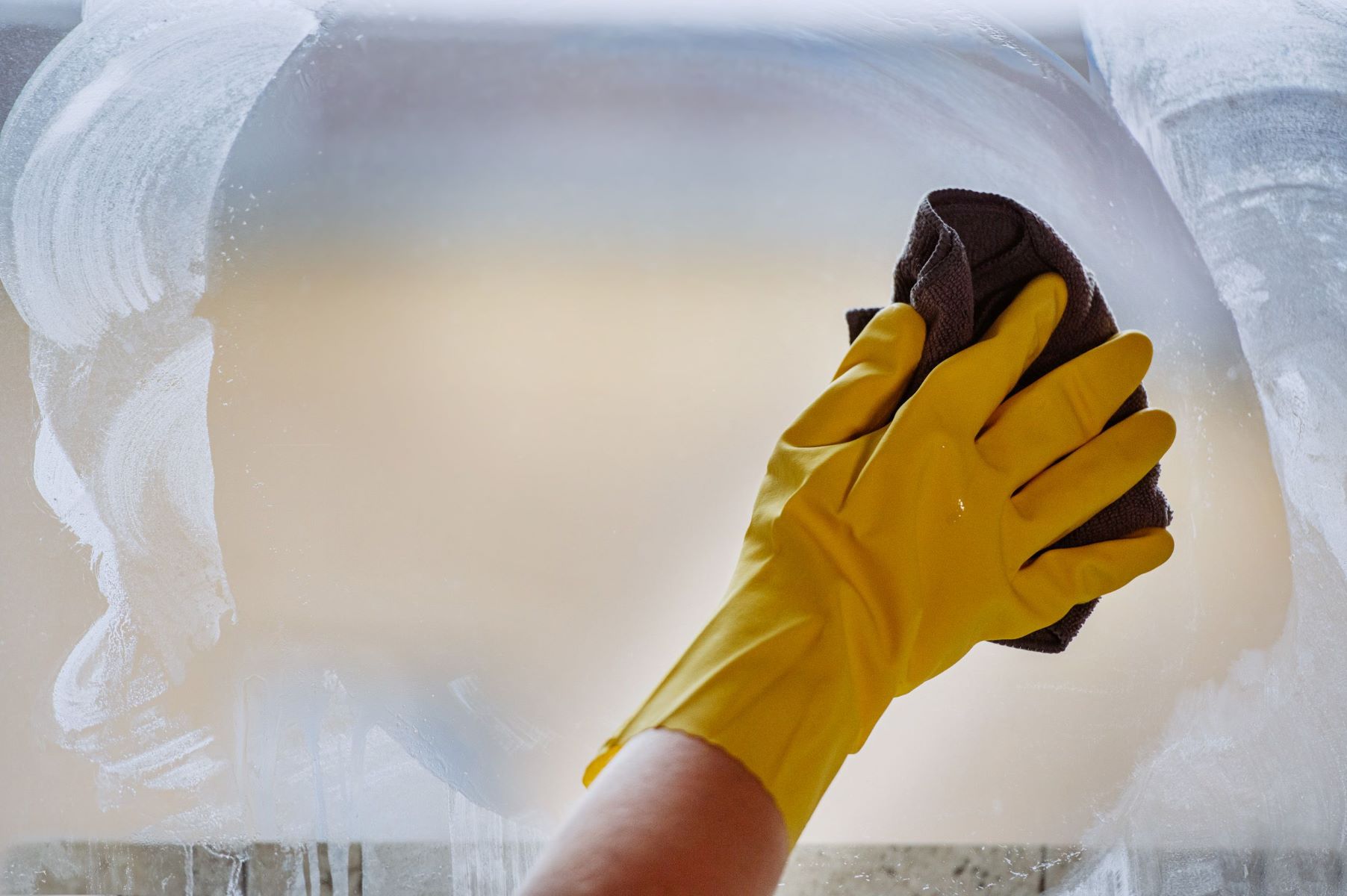
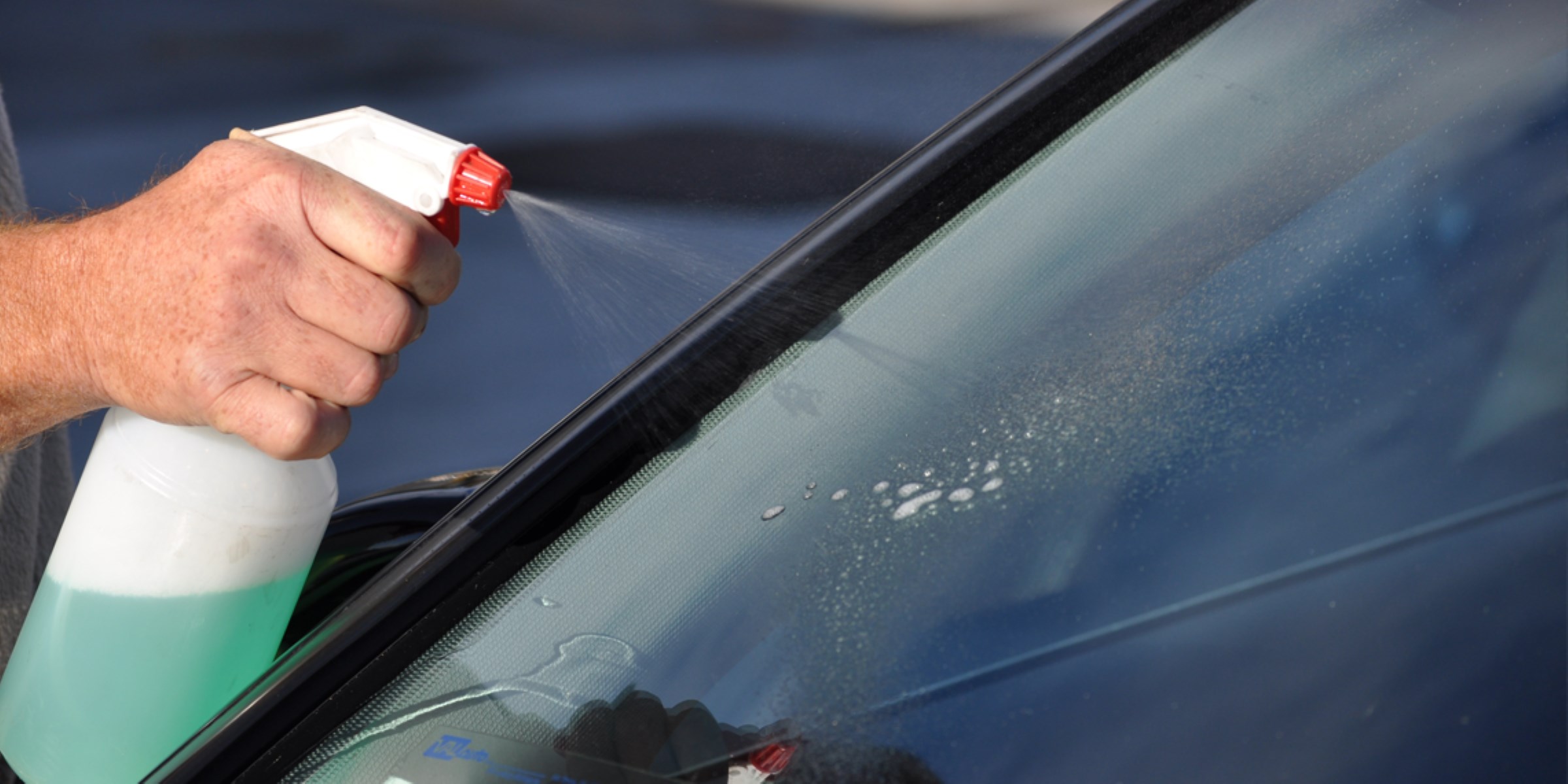
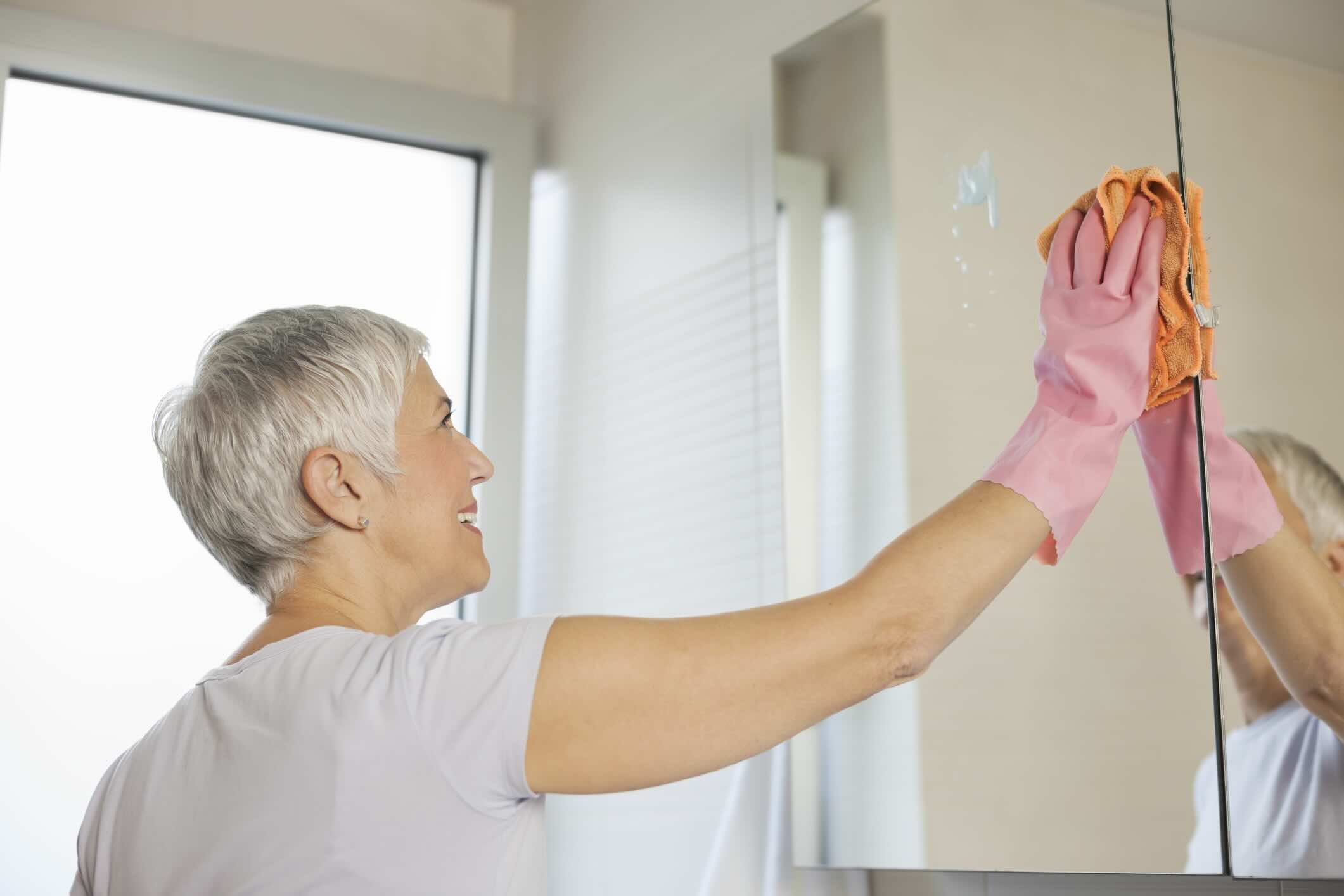
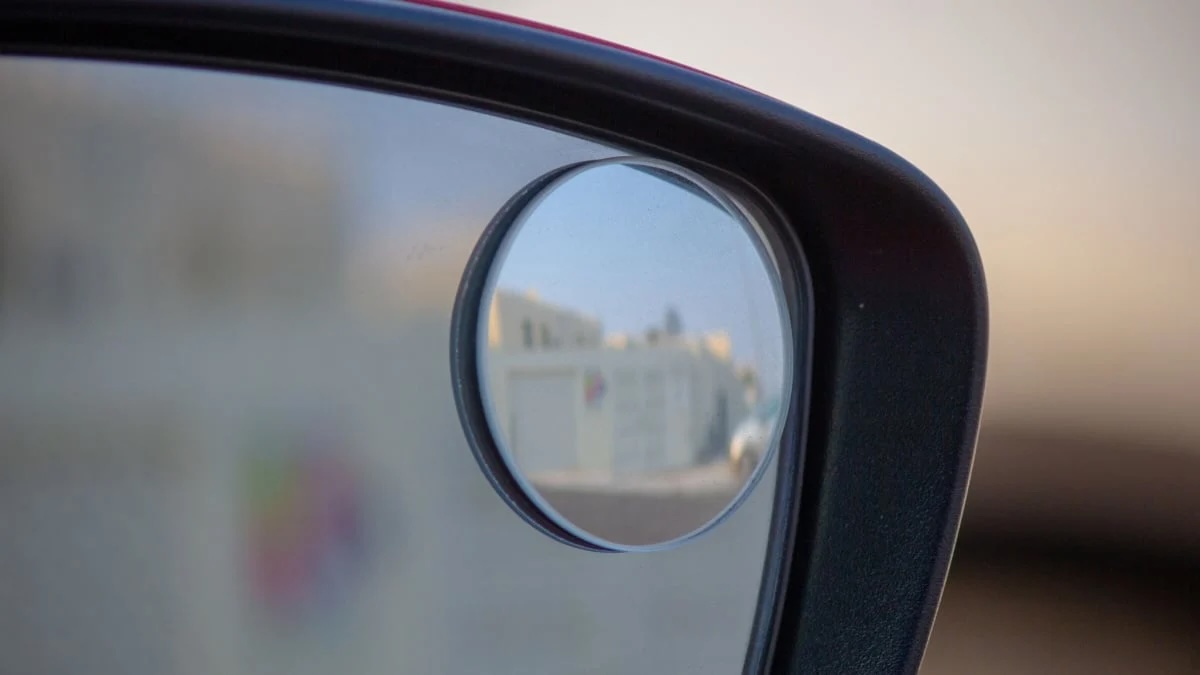
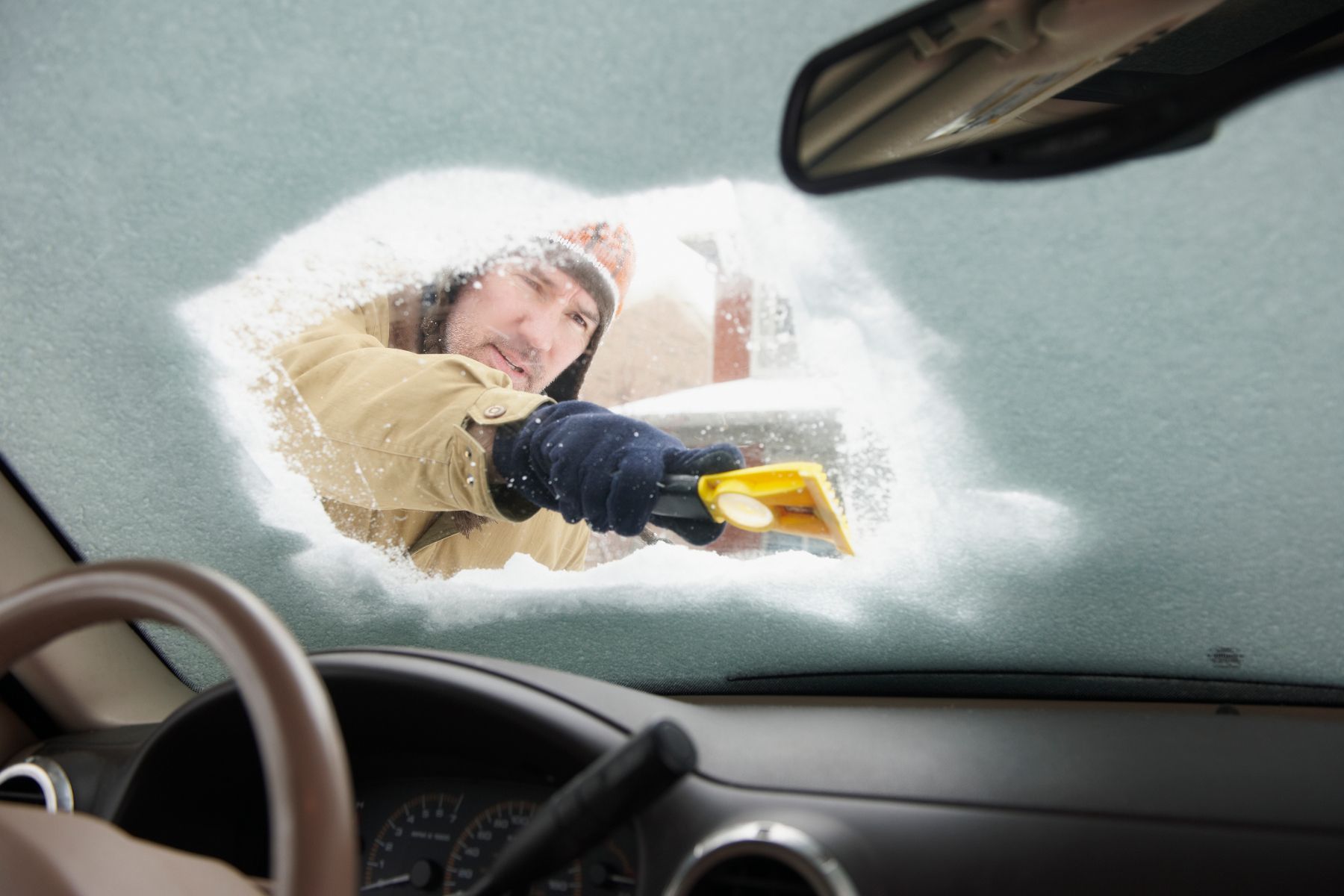
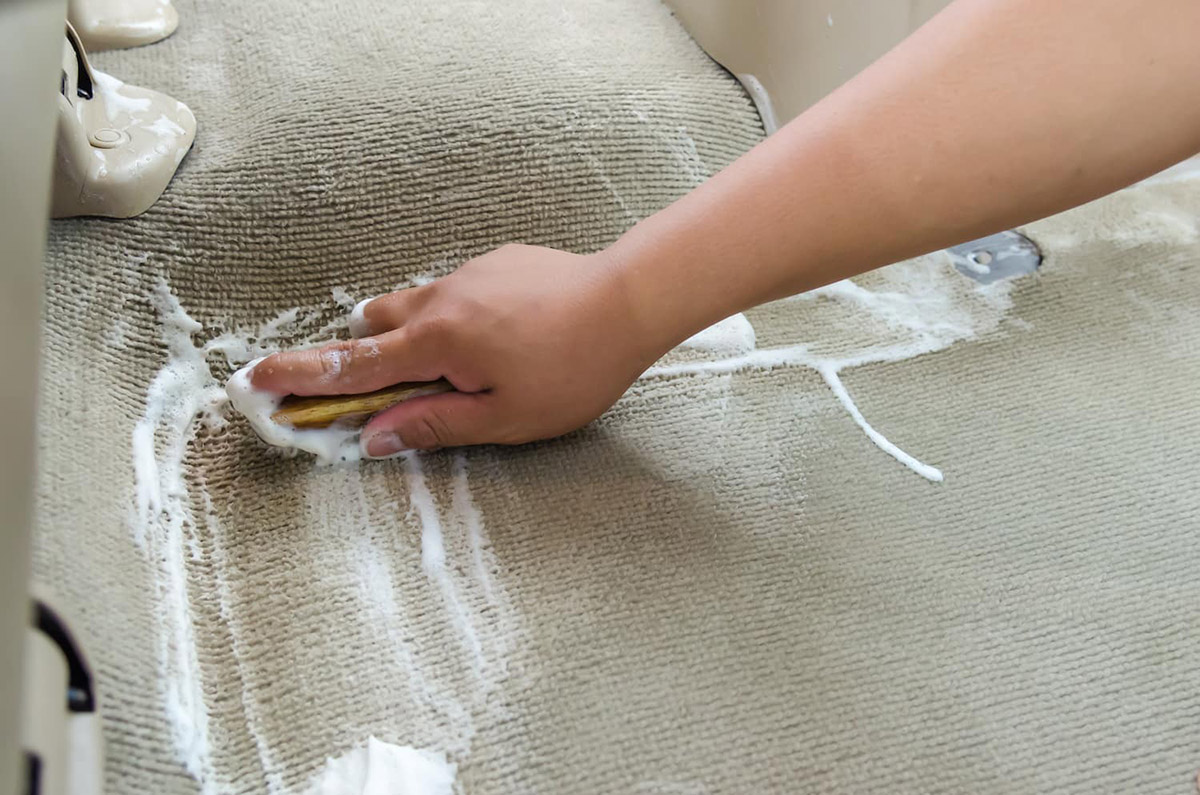
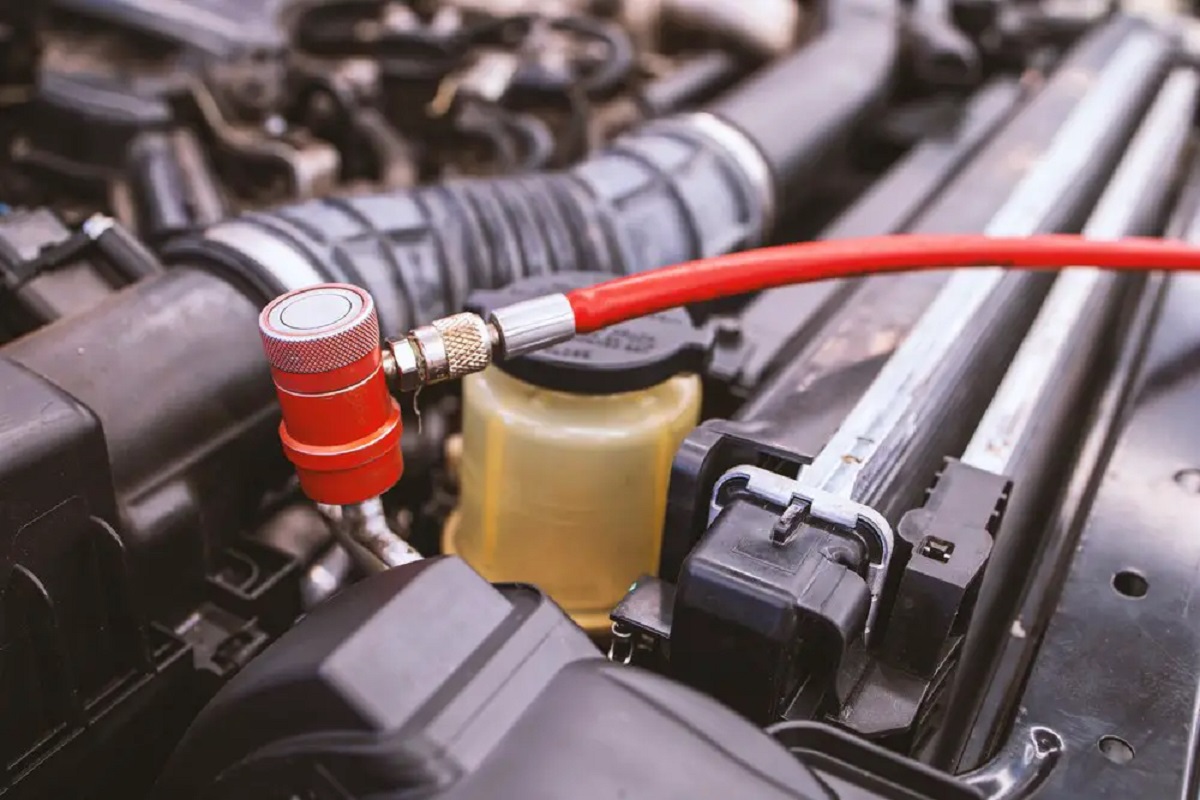
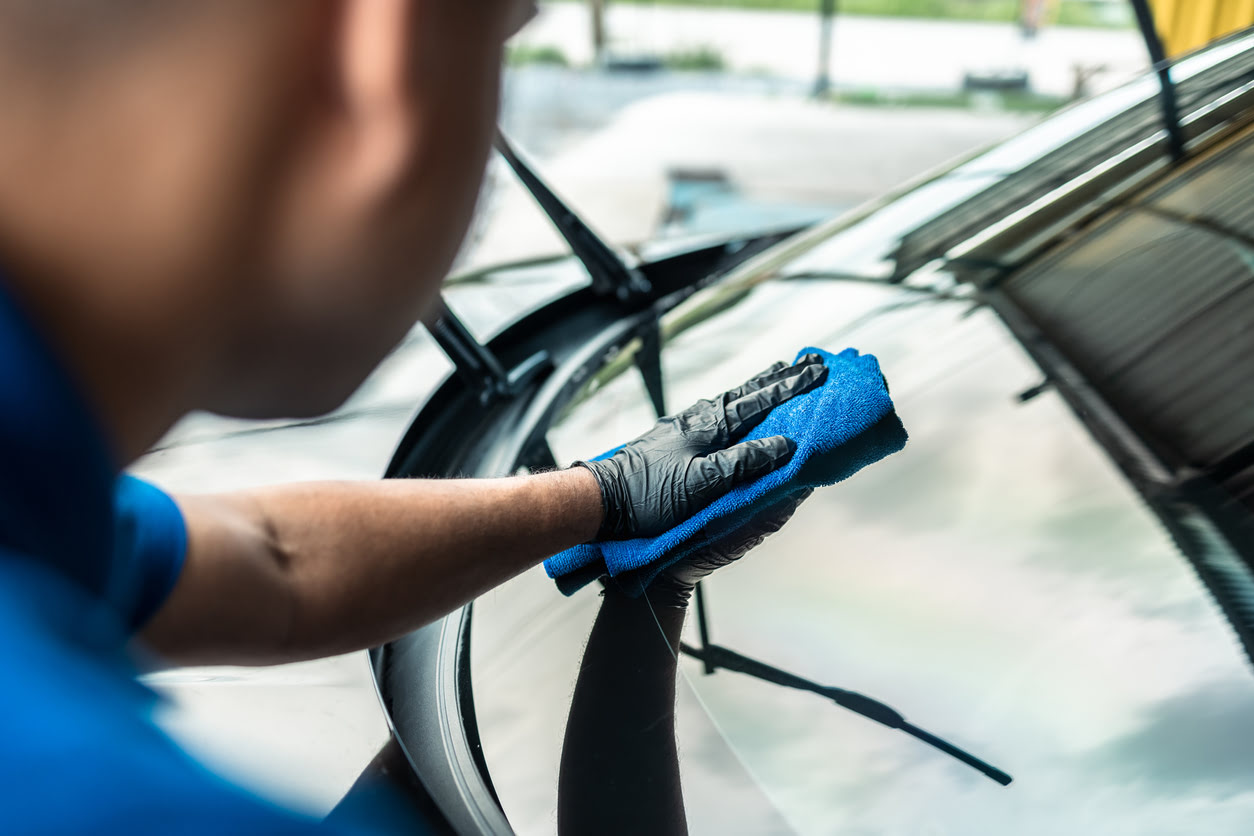
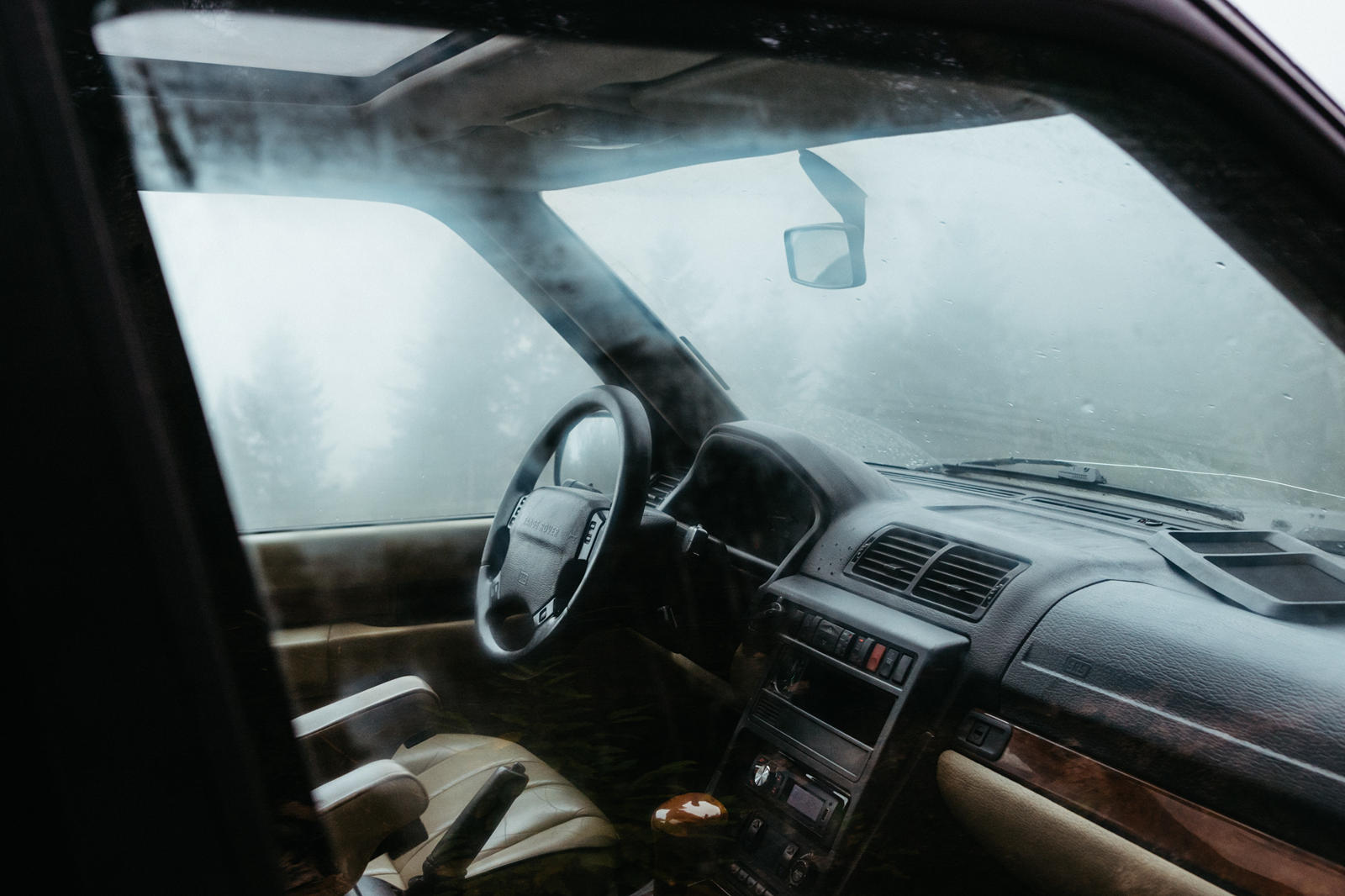
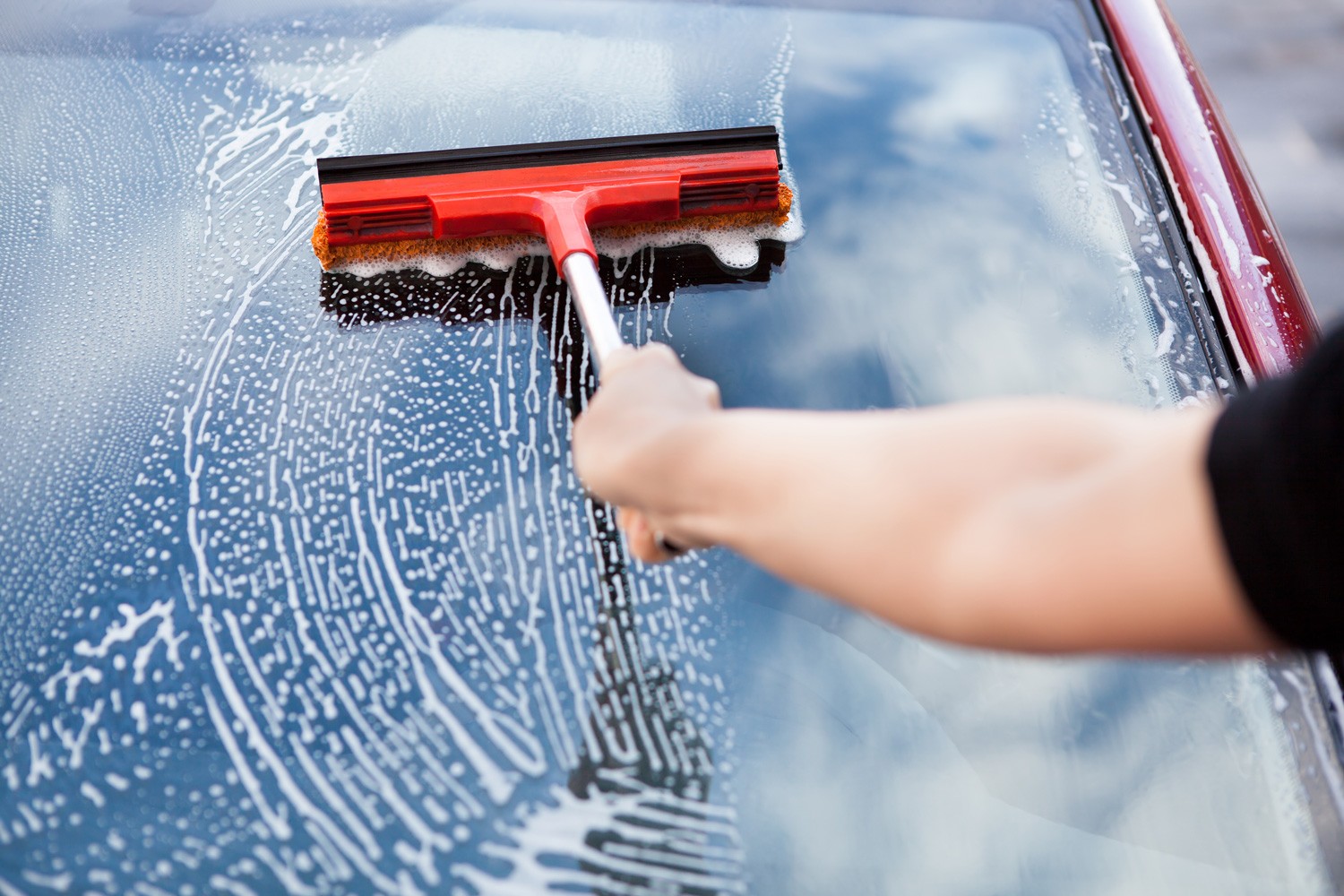
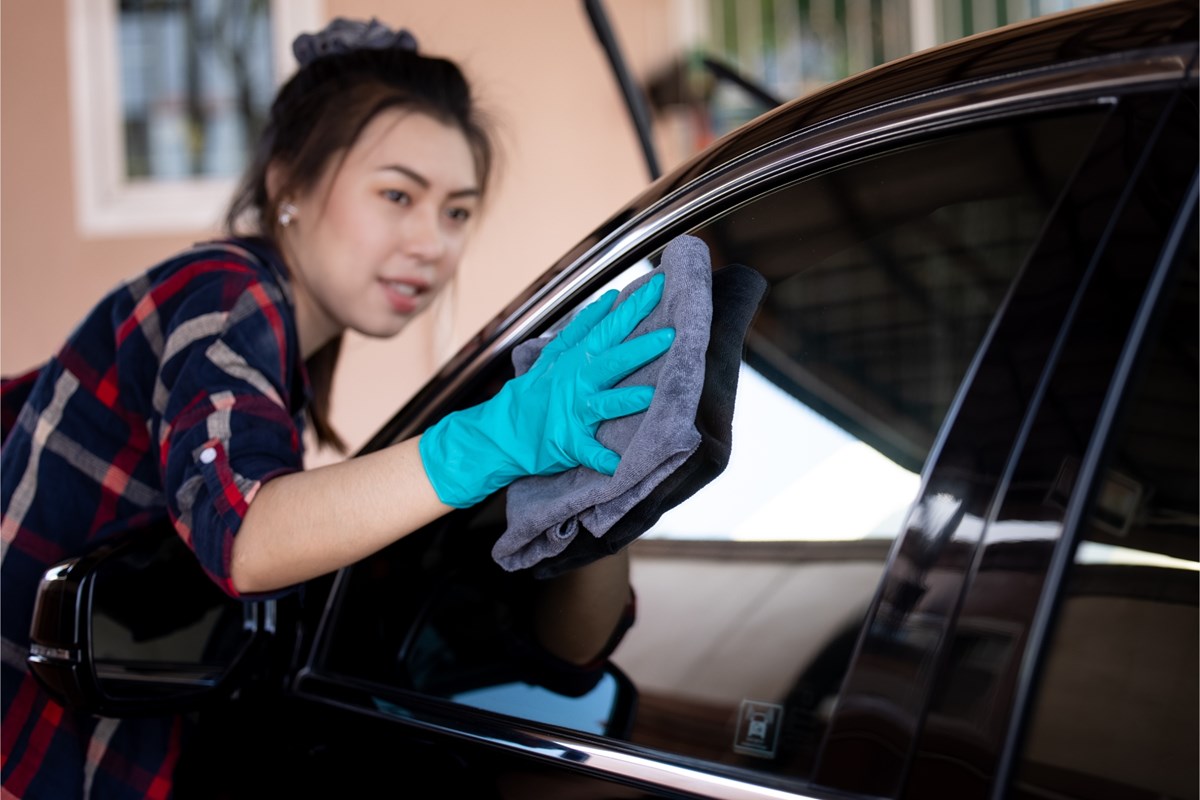
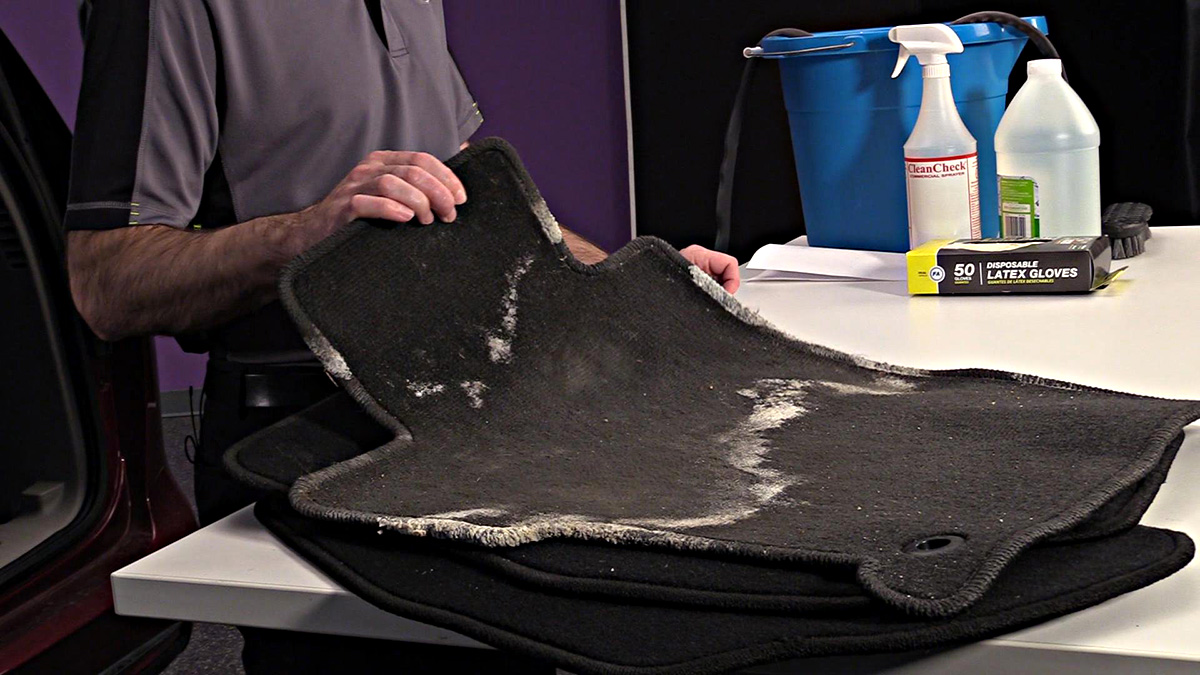
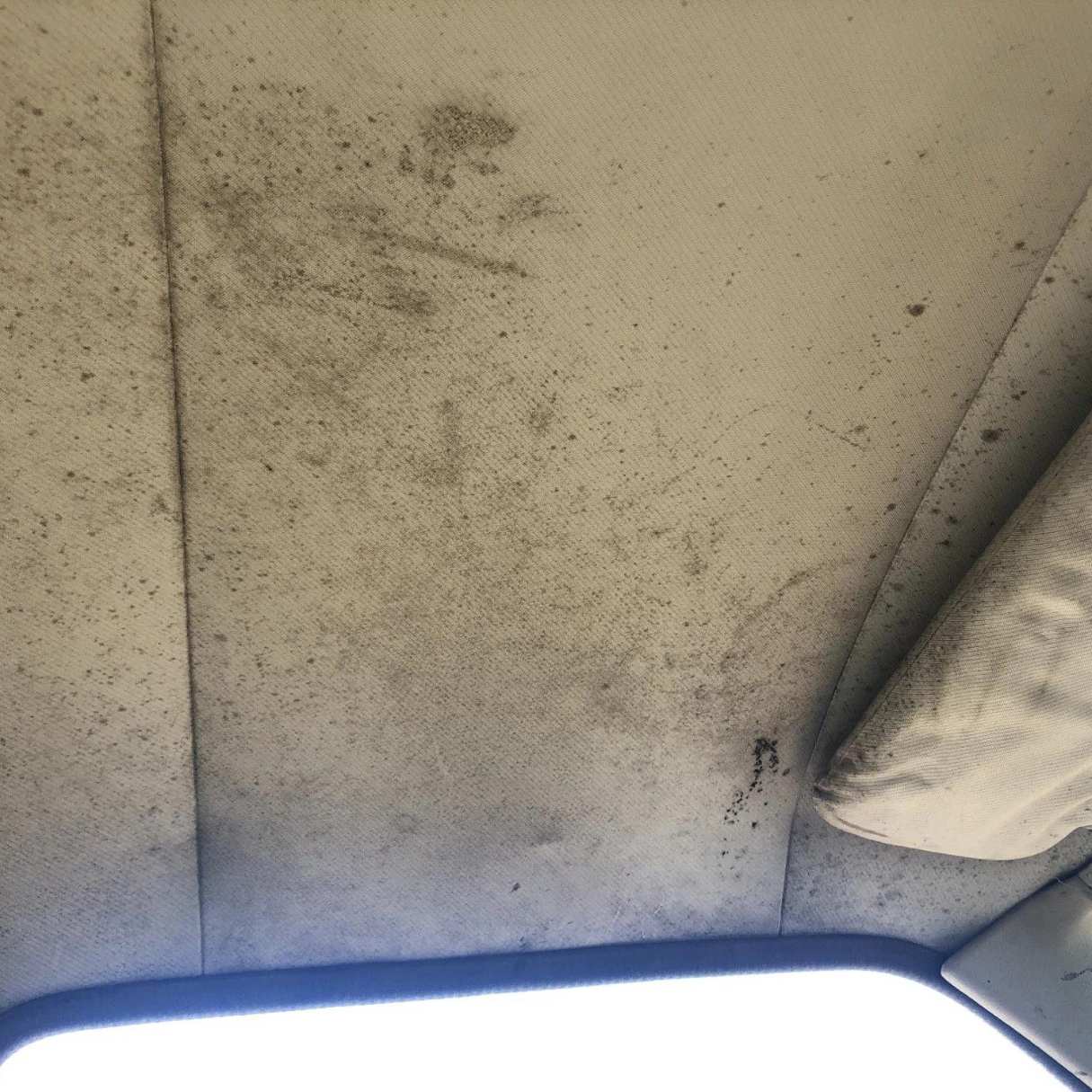
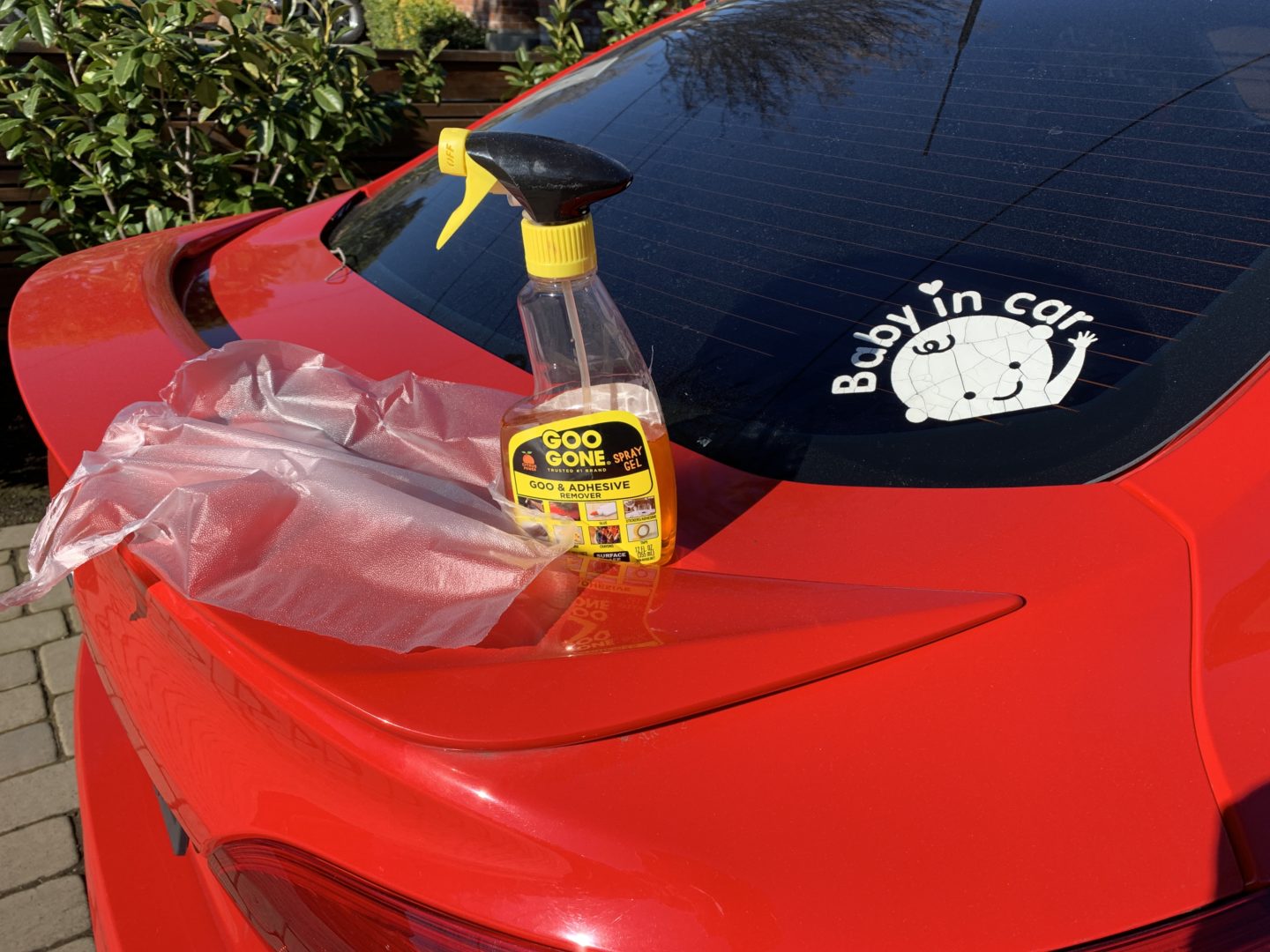

0 thoughts on “How To Remove Water Spots From Car Mirrors”